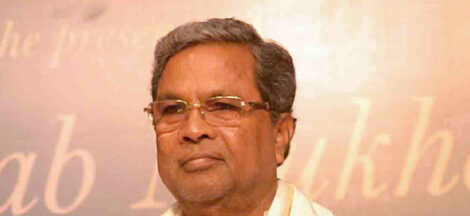The United States has taken an unexpected stance by aligning with Russia in a United Nations General Assembly vote concerning the ongoing conflict in Ukraine. This development has introduced new complexities into international diplomatic efforts aimed at resolving the crisis.
In a session held at the UN headquarters, a resolution condemning Russia’s invasion of Ukraine was presented, urging the immediate withdrawal of Russian forces. The resolution, backed predominantly by European nations and Ukraine, sought to hold Russia accountable for its actions. However, the United States, alongside Russia, Belarus, and North Korea, voted against the resolution. The final tally stood at 93 votes in favor, 18 against, and 65 abstentions. This marked a significant decrease in support compared to previous similar resolutions, which had garnered over 140 affirmative votes.
The U.S. opposition to the resolution has been attributed to disagreements over its language and approach. American representatives expressed concerns that the resolution’s wording could hinder diplomatic negotiations and escalate tensions further. Instead, the U.S. delegation advocated for a more neutral resolution that would facilitate dialogue between the conflicting parties.
Following the General Assembly vote, the United States introduced its own resolution in the UN Security Council. This U.S.-drafted resolution called for an immediate cessation of hostilities and the initiation of peace talks but notably did not assign blame to any party involved in the conflict. The Security Council adopted this resolution with 10 votes in favor, while five member states, including France and the United Kingdom, abstained. Russia and China supported the U.S. resolution, highlighting a rare moment of concurrence among these nations.
The European response to the U.S. position has been one of concern and criticism. French President Emmanuel Macron, during a meeting with U.S. President Donald Trump, cautioned against any peace agreement that might compromise Ukraine’s sovereignty. Macron emphasized the importance of a resolution that holds the aggressor accountable, stating that any settlement should not equate to a “surrender” of Ukrainian territory.
President Trump, on the other hand, defended the U.S. approach by highlighting ongoing negotiations with Russian President Vladimir Putin. Trump suggested that Putin might be amenable to accepting European peacekeepers as part of a broader peace deal. He also criticized previous U.S. administrations for their handling of the situation and underscored his administration’s efforts in brokering a minerals revenue-sharing agreement with Ukraine.
The divergence in strategies between the United States and its European allies has raised questions about the cohesion of Western alliances in addressing the Ukraine crisis. While European nations remain steadfast in condemning Russian aggression and supporting Ukraine’s sovereignty, the U.S. appears to be pursuing a path aimed at de-escalation, even if it means not directly confronting Russia.
This shift in U.S. policy has also led to debates within the international community about the most effective means to achieve peace in the region. Some argue that a neutral stance could pave the way for constructive dialogue, while others believe that failing to hold Russia accountable might embolden further aggressive actions.
The situation remains fluid, with diplomatic efforts continuing on multiple fronts. The international community watches closely as the United States, Russia, European nations, and Ukraine navigate the complex landscape of negotiations, seeking a resolution that ensures peace while upholding the principles of sovereignty and territorial integrity.
As the conflict approaches its third year, the human toll continues to mount, with thousands of lives lost and millions displaced. The urgency for a sustainable and just resolution has never been more pronounced, and the recent developments at the United Nations underscore the challenges inherent in achieving consensus on the global stage.




 DMK Activists Deface Hindi Signage Amid Language Policy Dispute
DMK Activists Deface Hindi Signage Amid Language Policy Dispute 